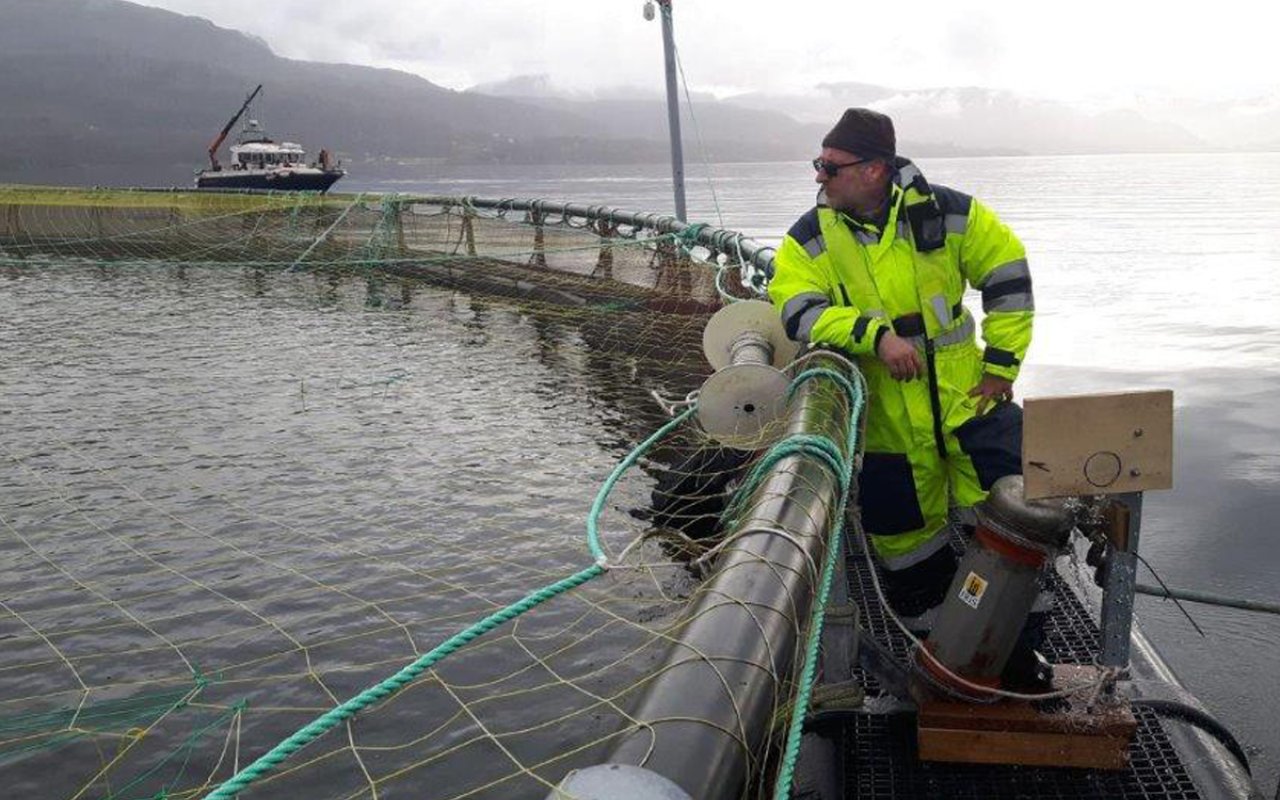– Our new report highlights the relevance of microplastics for seafood production, and the need for more research on sources, distribution, and uptake of microplastics, says senior researcher and project leader Alessio Gomiero at NORCE.
So far, research on the occurrences and consequences of microplastics in aquaculture has been scarce.
The report TRACKing of PLASTtic emissions from the aquaculture industry (TrackPlast) is a collaborative project coordinated by NORCE - Norwegian Research Centre, partnering with the Institute of Marine Research, the Norwegian Veterinary Institute, Skretting ASA, Akvagroup ASA, and MOWI ASA.
“–The demonstration of methods that can quantify microplastics in biological tissues is of the highest importance for the international research community”
Alessio Gomiero, NORCE
In TrackPlast the researchers investigated a sample of 20 farmed salmon and 20 wild fish. Plastic particles were detected in the gill lamellae tissue of slightly more than half of the farmed salmon surveyed, and in a small number of wild fish.
The investigations of gills did not show any significant ultrastructural or histological changes in the tissues.
More research is needed to assess the scope and possible negative consequences for fish health. The researchers warn against drawing firm conclusions based on the new findings.
Microplastics also present in fish feed, seawater
Microplastics from different types of polymers/plastic raw materials were found and counted not just in fish gills, but also in the fish feed (pellets), and e.g. in seawater and sediments in and outside the aquaculture facility.
The research was performed at one aquaculture location in Rogaland, further work is needed to assess how representative these results are for the industry in general.
Project manager and researcher Alessio Gomiero at NORCE's microplastics laboratory in Mekjarvik, Rogaland, emphasizes the importance of the findings, also saying further research is needed.
– We investigated different processes, using the most comprehensive methods available, to highlight important sources. Our experiments in the laboratory suggest that the abrasion caused by pellets blown with air through the plastic feed pipes releases microplastics into the cages. In other words, the friction on feed pipes could be a source of the identified microplastics. But the magnitude of this release cannot be generalized from our experiments, says Gomiero.
– It is valuable that we can show plastic particles in images we publish in the report, as well as to quantify the concentrations of microplastics in several environmental samples. We now have a baseline for new studies of concentrations over larger areas and in different animals. Our results should be interpreted as preliminary indications in the complex assessment of microplastic emissions from the aquaculture industry. Gomiero says.
The report has been funded by the Norwegian Seafood Research Fund.
– In this project, we have worked well with the industry partners. In my opinion, the aquaculture industry is interested in improving their environmental sustainability, and also need to address growing public concerns that microplastics are present in the food we eat. We need to do more research on a larger scale, and investigate both concentrations and possible effects on the fish as well as human exposure through seafood, he adds.
Big steps for method development
Project manager Gomiero says method development has taken large steps in recent years.
One important result of TrackPlast is the improvement of the technology that enables researchers to detect and quantify microplastics in the environment and farmed and wild salmon.
–The demonstration of methods that can quantify microplastics in biological tissues is of the highest importance for the international research community, Gomiero states.
Samples have been analyzed both at the Institute of Marine Research in Bergen and at NORCE's microplastics laboratory in Mekjarvik, Rogaland to compare methods and findings. The study highlights the similarities and differences that underline the need for further method development.
Access to the full report: TRACKing of PLASTtic emissions from aquaculture industry (TrackPlast)
Photo: Project leader and senior researcher Alessio Gomiero, NORCE. (Photograph: Alan Le Tressoler)
